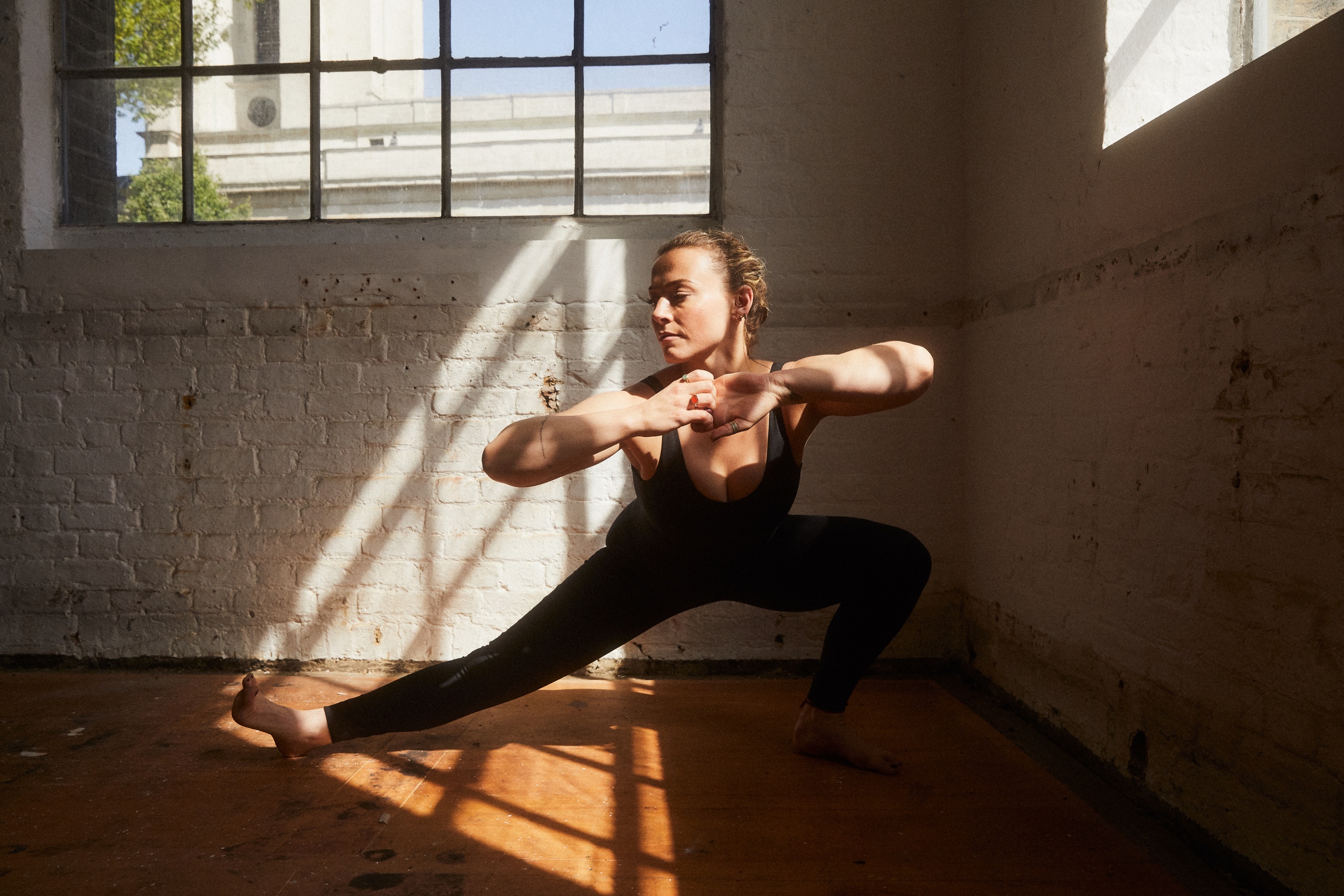When you think of a disciplined approach to health, fitness and strength, what image typically comes to mind? Is it one of a ripped body spending hours a week in the gym or studio, fuelled by a very clean and pristine diet? Perhaps it’s Instagram-worthy photoshoots displaying a range of tricks and skills. But, what if true discipline is actually none of these things? Because discipline can’t really be seen.
In yoga, we have a concept known as tapas, which translates from Sanskrit to mean heat, the root being ‘tap’ which means to heat, to burn or give warmth to. More broadly, tapas refers to a quality of self-discipline within practice, be that of meditation or yoga, and a variety of other practices depending on the context of the specific tradition. The goal of applying this heat of discipline isn’t outward glory or recognition, but rather an intensely personal spiritual rebirth. Interestingly, earlier mentions of the word in ancient literature refer to the heat required to instigate the birth of a baby, giving another layer of meaning to the concept of rebirth.
Yoga has endured as a practice over many thousands of years, and through many adaptations, because its teachings are timeless. They also need not be confined only to the yoga mat. A concept like tapas, first mentioned as far back as c.1500 BCE in the Rigveda, is still highly relevant today.
Although I am a yoga teacher, after I had my baby around nine months ago I did not practise much yoga asana (the postural limb of yoga) at all. At first, I was concerned that I had lost my practice post-baby; but soon realised that many other aspects of the full eight limbs were still very much part of my day-to-day. When I came back to teaching at Mission, I decided it was time to get some kind of movement practice going again. The great thing about Mission is that every class and every teacher is excellent, so no matter what time of day you have available, you will have a pick of incredible movement classes. I decided on something I hadn’t tried before and got myself to a Cali Kulture class. I’d always been curious about this discipline; anytime I had peered in through the door I was fascinated by what looked like a playground for grown ups. There was always good music, lots of people working together and, despite their other-worldly strength, they didn’t seem to take themselves too seriously.
I have been going to Cali Kulture classes pretty solidly now for four months, and it’s only in the last few weeks that I’ve really noticed progress. Normally, I would get bored and give up if I didn’t see quick results, perhaps owing to the fact that I already had a lot of flexibility that makes some of the yoga postures come easy. When other practices didn’t fall into place so readily, I’d pivot to something else. Don’t get me wrong, a varied exercise routine has many benefits, but if done without discipline, the returns are minimal. So, what is discipline? And how can the ancient, yet timeless concept of tapas be applied to anything we choose to pursue?
It starts with adopting a beginner’s mind, which is useful long after you pass official beginner status. It’s easy to find yourself on autopilot when you become too familiar with your movement routine, running the risk of getting bored or quitting. I loved starting callisthenics because I was a total novice, and it was refreshing to come into something with no preconceptions or expectations. In reality, this is how we should all start something new – rather than feeling a pressure to make ourselves ‘gram worthy’ at all times. Sure, my progress over the last four months probably looks relatively unimpressive among the vividly competing squares of an Instagram feed, but it’s the proudest of myself I’ve ever been.
What I am most proud of is my discipline. Rather than flit between movement modalities, I attend callisthenics classes two or three times a week, even when I don’t feel like it. A key component of tapas is consistency and repetition. This might sound like a recipe for boredom, especially for those of us burdened with the ‘monkey mind’, when it in fact offers much needed simplicity; a blueprint onto which you can design your own progress. It is important to remember that not every class, workout or meditation is going to be life-changing. Sometimes they might even be ‘bad’, but bad is useful, because it is part of the meandering trajectory that is true and sustainable progress; the discipline is in showing up regardless.
Discipline, while a serious endeavour, does not have to be boring. It is a long-game that requires staying power, through the good and bad, through the full-of-energy, early morning practices, and the ones you don’t feel like doing. It is not competitive or even public. It is a private, inner journey, but can be practised in community. Discipline doesn’t have an image, nor does it fit with a particular age, body type or gender.
So, to answer my initial question, discipline doesn’t actually look like anything. Discipline is humility and going back to basics. It is allowing for setbacks and heeding their lessons with an open heart, and the best part; the discipline you exercise in your practice and training is a transferable skill that can permeate every area of your life.
Ready to try a class with Elle? Book now.

